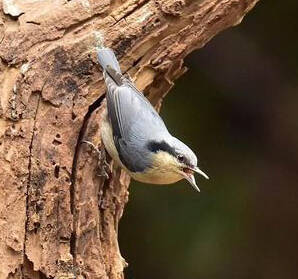
Sitta yunnanensis
Sitta yunnanensis,Black-masked Nuthatch
The Mandarin pronunciation of Yunnan Nuthatch is [diān shī], and its forei···
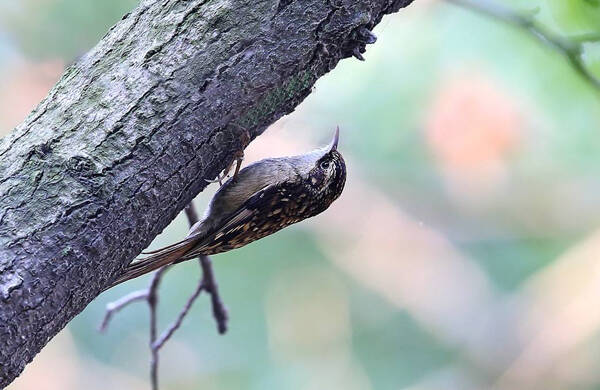
Certhia tianquanensis
Certhia tianquanensis,Sichuan Treecreeper,Tree climbing bird,Certhia familiaris
Sichuan Treecreeper, also known as Sichuan Treecreeper, has no subspecies.In···
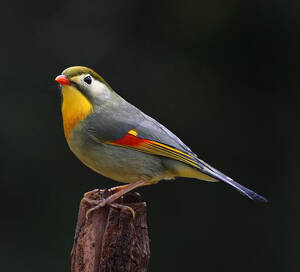
Leiothrix lutea
Leiothrix lutea,Red-billed Leiothrix,Pekin Robin,Lovebird, red-billed jade, colorful lovebird, red-billed bird
Red-billed Leiothrix has 5 subspecies. Red-billed Leiothrix is a resident bi···
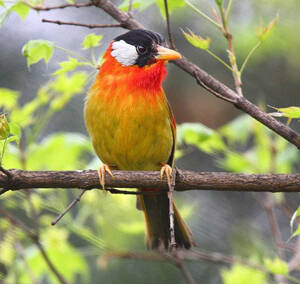
Leiothrix argentauris
Leiothrix argentauris,Silver-eared Mesia,Yellow-billed Jade, Colorful Lovebird
Silver-eared Mesia has 9 subspecies.Silver-eared Mesia often moves alone or ···
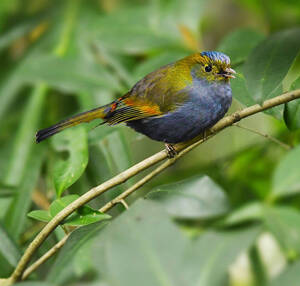
Liocichla omeiensis
Liocichla omeiensis,Omei Shan Liocichla
The foreign name of the Gray-breasted Bush Babbler is Omei Shan Liocichla, a···
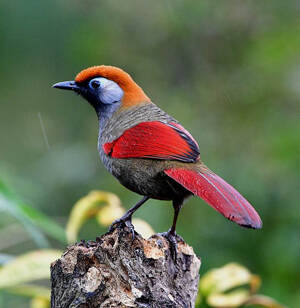
Garrulax milnei
Garrulax milnei,Red-tailed Laughingthrush,Trochalopteron milnei,Red-tailed Laughing Babbler
Red-tailed Laughingthrush, also known as Red-tailed Laughingthrush, has 4 su···
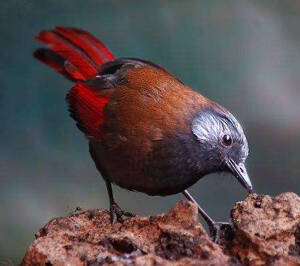
Garrulax formosus
Garrulax formosus,Red-winged Laughingthrush
Red-winged Laughingthrush has two subspecies.Red-winged Laughingthrush often···
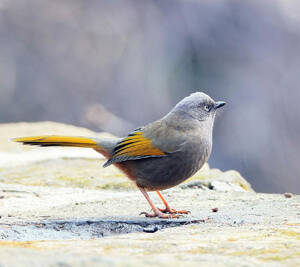
Trochalopteron elliotii
Trochalopteron elliotii,Elliot's Laughingthrush,Garrulax elliotii (Verreaux, 1870)
The orange-winged laughingthrush is also known as Elliot's Laughingthrus···
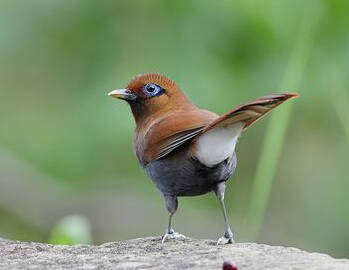
Pterorhinus berthemyi
Pterorhinus berthemyi,Rusty Laughingthrush,Bamboo bird, Eight-tone bird
The foreign name of the brown babbler is Rusty Laughingthrush, and there are···
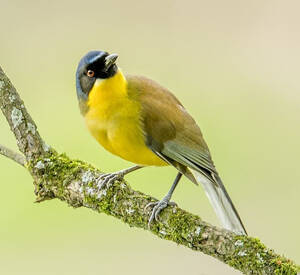
Pterorhinus courtoisi
Pterorhinus courtoisi,Blue-crowned laughingthrush,Chinese Yellow-throated Laughingthrush, Blue-crowned Laughingthrush, Wuyuan Yellow-throated Laughingthrush, Blue-throated Laughingthrush
Blue-crowned laughingthrush is a small-bodied bird of the family Timalis, wi···
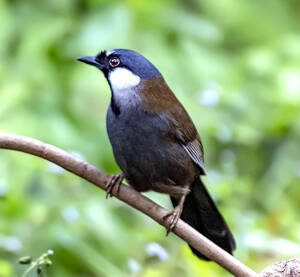
Pterorhinus chinensis
Garrulax chinensis,Pterorhinus chinensis,Black-throated Laughingthrush,,Dryonastes chinensisBlack-throated Laughing Thrush, Mountain Bird, Coral Bird
Black-throated Laughingthrush, also known as Black-throated Laughingthrush, ···
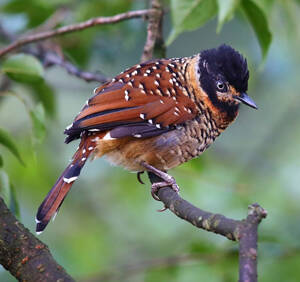
Ianthocincla ocellata
Ianthocincla ocellata,Garrulax ocellatus,Spotted Laughingthrush
Spotted Laughingthrush, also known as Spotted Laughingthrush, has 4 subspeci···
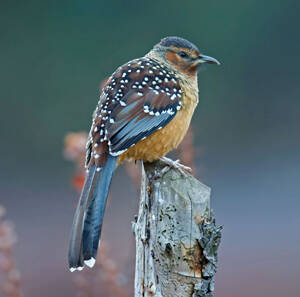
Ianthocincla maxima
Ianthocincla maxima,Giant Laughingthrush,Garrulax maximus,Flower-backed Laughing Babbler
Giant Laughingthrush, foreign name, no subspecies.The Great Laughingthrush i···
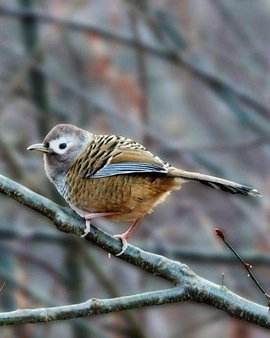
Garrulax lunulatus
Garrulax lunulatus,Barred Laughingthrush,Ianthocincla lunulata
Barred Laughingthrush, also known as Barred Laughingthrush in English, is a ···
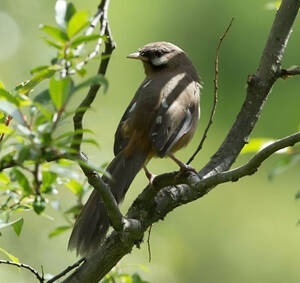
Garrulax sukatschewi
Garrulax sukatschewi,Snowy-cheeked Laughingthrush
Snowy-cheeked Laughingthrush, no subspecies.Black-cheeked Laughingthrush oft···
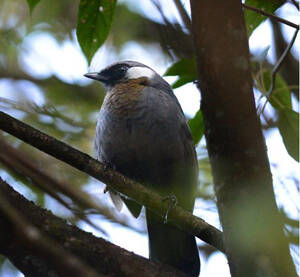
Garrulax maesi
Garrulax maesi,Grey Laughingthrush,Red-eared Laughingthrush
Grey Laughingthrush is known as Grey Laughingthrush in English and has 3 sub···
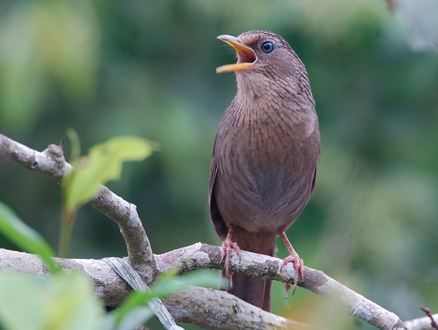
Garrulax taewanus
Garrulax taewanus,Taiwan Hwamei
Taiwan Hwamei, no subspecies.Taiwan Hwamei males are very territorial, and t···
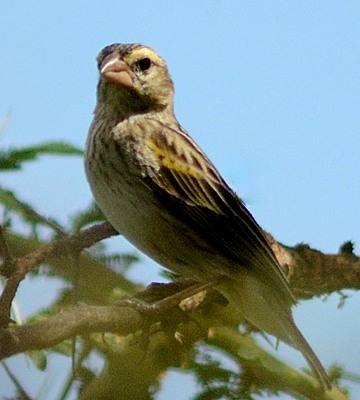
Pterorhinus koslowi
Babax koslowi,Tibetan Babax,Pterorhinus koslowi
The brown babbler's foreign name is Tibetan Babax, and there are two sub···
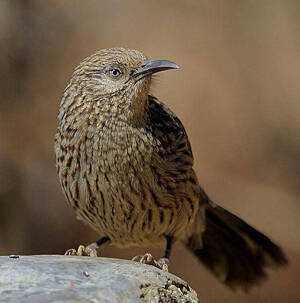
Babax waddelli
Babax waddelli,Giant Babax
Giant Babax, also known as Giant Babax, has two subspecies.Except during the···
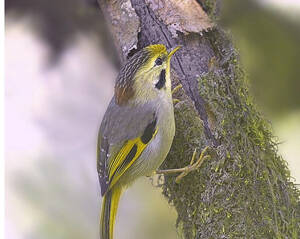
Schoeniparus variegaticeps
Pseudominla variegaticeps,Gold-fronted Fulvetta,Schoeniparus variegaticeps
Gold-fronted Fulvetta is a species endemic to central and southern China.Gol···
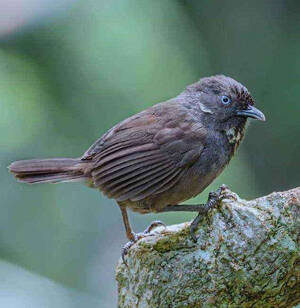
Stachyris nonggangensis
Stachyris nonggangensis,Nonggang Babbler,
Nonggang Babbler, with no subspecies.In 2004, Professor Zhou Fang of the Col···
